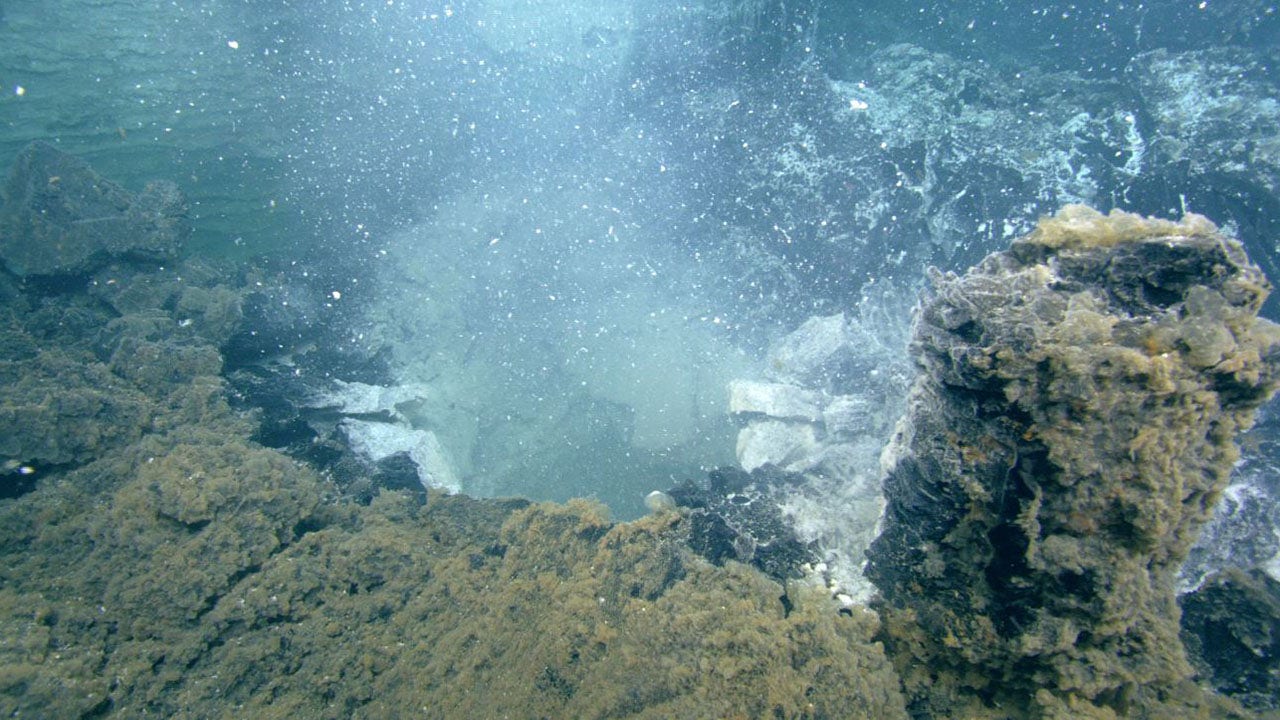Certainly! Here is a clear, detailed, and well-structured summary of the article, expanded to approximately 1200 words:
---
**Axial Seamount: The Pacific’s Underwater Volcano Poised for Eruption**
Deep beneath the surface of the Pacific Ocean, some 300 miles off the Oregon coast and submerged under nearly 5,000 feet of water, lies a monumental geological feature known as the Axial Seamount. This underwater volcano, which last erupted in 2015, is widely monitored by scientists due to its potential to reveal important insights into the dynamic processes shaping the Earth. Recently, researchers have observed signs that Axial Seamount may be preparing for another eruption, possibly before the end of this year.
### The Nature of Axial Seamount
Axial Seamount is not just any volcano—it is a product of powerful forces at work far beneath the Earth’s surface. According to the University of Washington’s College of the Environment, the volcano sits atop a “hot spot” in the Earth’s mantle. A hot spot is a site where plumes of superheated, molten rock rise from deep within the mantle, pushing through the Earth’s crust above. As the tectonic plates move over these relatively stationary hot spots, chains of volcanoes can form, sometimes stretching across vast distances.
This process is not unique to the Pacific Northwest. In fact, Maya Tolstoy, a marine geophysicist and the current dean of the College of the Environment at the University of Washington, explains that “over two-thirds of the Earth’s surface was formed by volcanic eruptions at these mid-ocean ridges.” The Axial Seamount is a direct byproduct of these fundamental geological mechanisms, continuing to shape and reshape the planet’s surface even today.
### The Regional Cabled Array: A Window into the Deep
One of the major reasons scientists are able to keep such a close watch on Axial Seamount is the presence of the Regional Cabled Array. This remarkable network of underwater sensors and cables spans the entire Juan de Fuca tectonic plate, running from the Oregon coastline all the way to the volcano’s summit far offshore. The array is part of the National Science Foundation’s Ocean Observatories Initiative and is operated by the University of Washington.
The Regional Cabled Array provides scientists with real-time data on seismic activity, temperature, pressure, and chemical changes occurring at and around the volcano. This continuous stream of information allows researchers to monitor the volcano’s behavior with unprecedented precision, helping them predict when eruptions are likely to occur.
### Signs of an Impending Eruption
So, what makes scientists believe that Axial Seamount is on the verge of erupting again? The answer lies in subtle but important changes in the volcano’s behavior, which have been detected through careful monitoring.
One key indicator is “inflation,” or the gradual swelling of the volcano as magma accumulates beneath the surface. According to an April blog post by the University of Washington’s College of the Environment, Axial Seamount has already surpassed the level of inflation observed immediately prior to its 2015 eruption. This suggests a significant build-up of molten material is taking place beneath the volcano.
Another telltale sign is an increase in seismic activity. Deborah Kelley, a professor at the UW School of Oceanography and director of the Regional Cabled Array, notes that the volcano is currently experiencing between 200 and 300 small earthquakes per day, with occasional spikes up to 1,000 per day. These spikes are often influenced by tidal forces, which can stress the Earth’s crust and trigger seismic events. However, based on observations from the 2015 eruption, Kelley expects that the number of daily earthquakes would need to surpass 2,000—and remain at that elevated level for several months—before an actual eruption occurs.
The earthquakes themselves are caused by magma forcing its way upward through cracks and fissures in the rock. As the pressure builds, it eventually becomes too great for the crust to contain, resulting in an eruption.
### What Happens During an Eruption?
William Wilcock, another professor at the UW School of Oceanography, provides further insight into what an eruption at Axial Seamount would look like. The first sign would be a dramatic, short-lived surge in earthquake activity—a period that typically lasts about an hour. During this window, magma would break through to the surface, and lava would begin to flow across the caldera (the large, bowl-shaped

